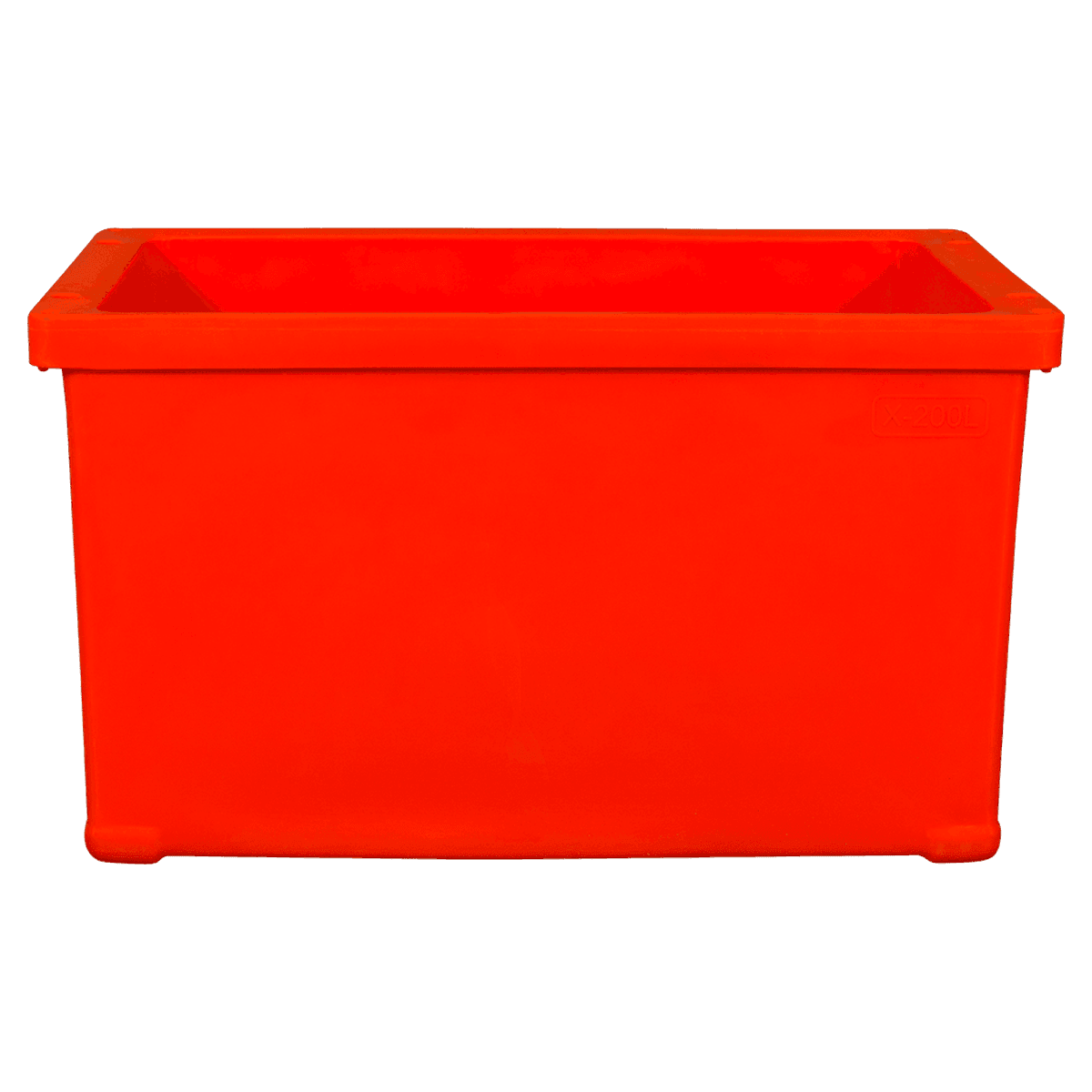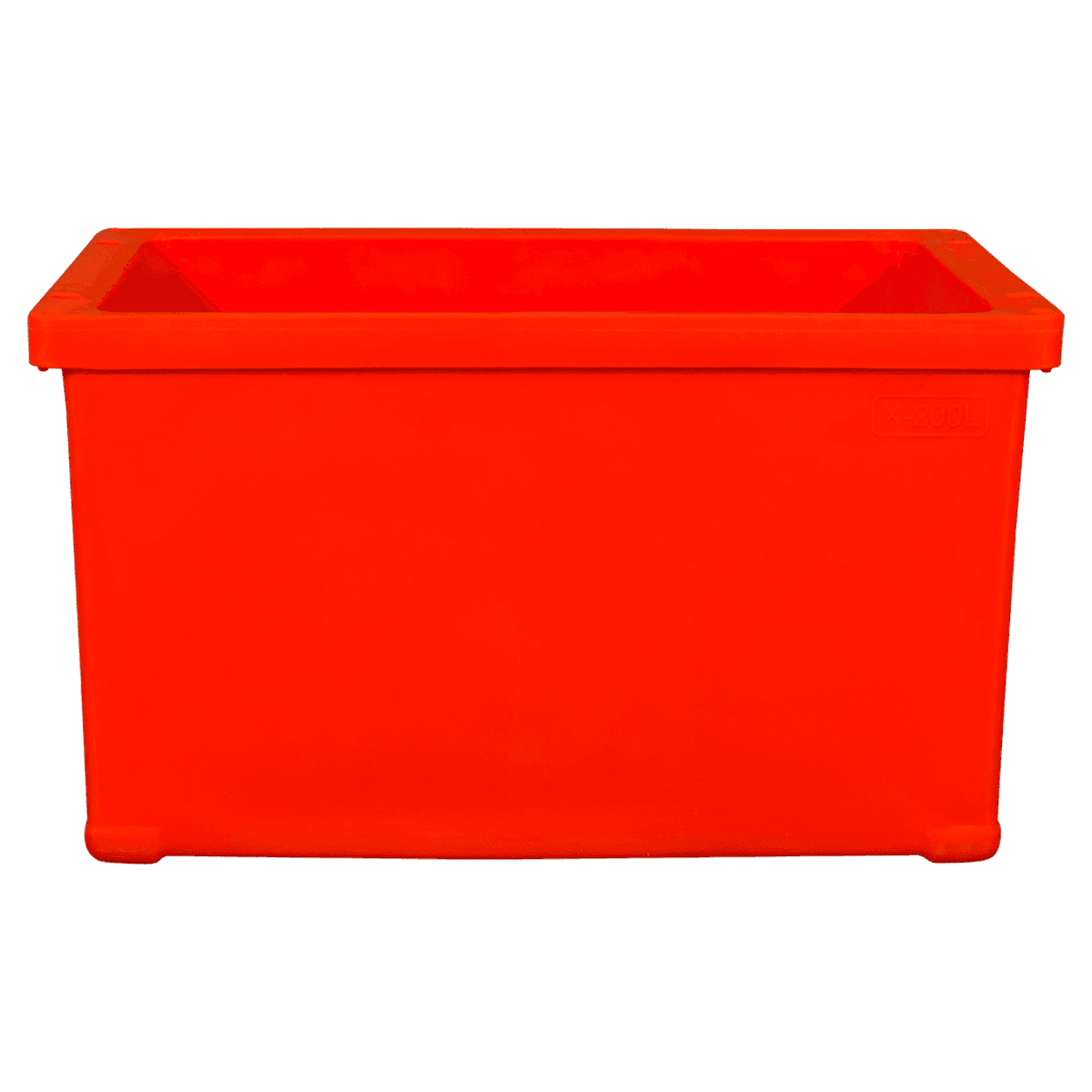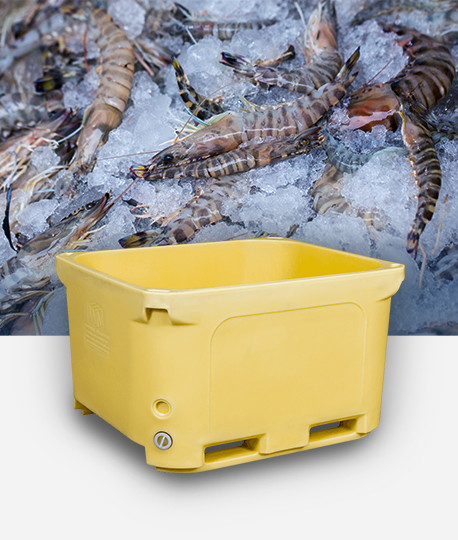1. Introduction: Background and Importance of Cold Chain Logistics
Logistics And Cold-Chain Containers refers to ensuring the quality and safety of perishable goods such as food, medicines and biological products by maintaining a low temperature environment during transportation and storage. The importance of cold chain logistics is not only reflected in ensuring the quality of goods, but also involves aspects such as consumer health, reducing waste and optimizing resource use.
Globally, especially in the food and pharmaceutical industries, temperature-controlled transportation and storage are key to ensuring product quality. For example, in the pharmaceutical field, vaccines and biologics must be stored and transported within a strict temperature range, otherwise their efficacy may be greatly reduced. In the food industry, especially for perishable goods such as fresh food and seafood, temperature-controlled logistics can significantly reduce food waste and improve circulation efficiency.
With the complexity of global supply chains and changes in consumer demand, the efficiency and technological innovation of cold chain logistics have become particularly critical. Accurate and efficient cold chain logistics systems not only improve transportation reliability, but also reduce overall costs and are environmentally friendly.
2. Technological innovation of cold chain containers
With the increasing development of cold chain logistics, the technology of cold chain containers has also undergone continuous innovation, which is mainly reflected in the following aspects:
2.1 Advances in temperature control technology
In the past, the temperature control of cold chain containers usually relied on simple ice bags and ice boxes, which had limited effects. However, with the development of refrigeration technology, modern cold chain containers have been equipped with efficient refrigeration systems and temperature monitoring equipment. Many containers can now automatically adjust the temperature to adapt to different transportation needs. For example, some advanced cold chain containers have built-in temperature regulators that can maintain temperatures between -20°C and +10°C to meet the transportation needs of a variety of foods and medicines.
2.2 Intelligent containers
The application of Internet of Things (IoT) technology makes cold chain containers more intelligent. Through built-in sensors, these containers can monitor parameters such as temperature, humidity, vibration, etc. in real time and upload data to the cloud platform. In this way, logistics companies and customers can check the status of the container at any time, detect potential problems in time, and take measures to prevent damage to the goods. In addition, smart containers can also adjust the temperature and perform fault diagnosis through mobile phone applications or remote control systems, which improves the management efficiency during transportation.
2.3 Automation and sensor technology
The combination of automation technology and sensors is becoming increasingly important in cold chain logistics. For example, some cold chain containers are equipped with automatic temperature control systems, which automatically start the cooling system when the temperature of the container approaches the preset threshold. High-precision sensors can monitor every subtle change in the container, report temperature fluctuations in a timely manner, and even analyze the temperature change trend during transportation, providing data support for transportation decisions.
3. Innovation of cold chain container materials
The performance of cold chain containers depends not only on their refrigeration technology, but also on the materials of the containers. In recent years, advances in materials science have significantly improved the insulation, earthquake resistance, and environmental protection of cold chain containers.
3.1 Advanced insulation materials
New insulation materials such as polyurethane (PU) foam, vacuum insulation panels, and high-density foams are widely used in cold chain containers. These materials have extremely high thermal insulation properties, which can effectively reduce the leakage of cold air and extend the shelf life of food and medicine. These materials are also light in weight, which helps to reduce transportation costs.
3.2 Application of environmentally friendly materials
With the improvement of environmental awareness, many cold chain containers have begun to use recyclable and environmentally friendly materials. For example, biodegradable plastics and recyclable composite materials have been introduced into cold chain logistics, which not only ensures the insulation effect of the container, but also reduces plastic pollution and waste.
4. Types and Application Scenarios of Cold Chain Containers
Different cold chain containers are suitable for different types of transportation tasks, and each container has its own unique advantages and application scenarios:
4.1 Portable cold chain boxes
These containers are generally used for short-distance transportation, especially urban distribution. They are small in size and light in weight, making them very suitable for small-volume commodity transportation. Portable cold chain boxes can be used for the delivery of fresh food and small pharmaceutical packages, and are usually used by takeaway companies, supermarkets, and small pharmaceutical suppliers. Most portable cold chain boxes have built-in ice packs or convenient small refrigeration units to effectively maintain temperature control requirements.
4.2 Cold chain containers
For long-distance, cross-border transportation, large cold chain containers are essential equipment. These containers are generally used for sea, air or rail transportation, can accommodate large quantities of goods, and have strong temperature control capabilities. Most cold chain containers can accurately adjust the temperature within the range of -18°C to +4°C, ensuring that the goods are not affected by temperature fluctuations during long-term transportation.
4.3 Pallet-type cold chain containers
This type of cold chain container is used in large storage and sorting centers and is suitable for handling bulk goods. Pallet containers are usually used to transport frozen foods, bulk medicines or fresh products. They can quickly complete the storage and retrieval of goods through the cold chain transportation system to ensure efficient circulation.
5. Key technologies to improve transportation efficiency
In order to improve transportation efficiency, some key technologies in cold chain containers have played a huge role in optimizing the transportation process:
5.1 Optimized refrigeration system
Today, the refrigeration system equipped with cold chain containers is no longer a simple ice bag and refrigerant. Many cold chain containers use more advanced low-energy refrigeration technology. For example, containers using thermoelectric refrigeration technology can maintain temperature control with extremely low energy consumption, which is particularly suitable for transportation tasks that require long-term stable temperature control.
5.2 Continuous temperature control function
A major advantage of cold chain containers is that they can maintain stable temperature during transportation. Some containers use a self-regulating system that can automatically adjust the cooling intensity according to changes in the external ambient temperature to ensure that the internal temperature is always maintained within the set range to avoid product damage due to temperature fluctuations.
5.3 Reusable cold chain packaging
In order to reduce the waste of packaging materials, many cold chain containers use reusable packaging materials, such as reusable freezer bags and insulation layers. This not only helps reduce operating costs, but also meets environmental protection requirements and reduces the overall transportation burden.
6. Actual Case: Innovative Cold Chain Container Application
6.1 Vaccine Transportation
In recent years, cold chain technology in the field of vaccine transportation has developed significantly. In particular, the global transportation demand for COVID-19 vaccines has spawned more intelligent cold chain containers. For example, some high-end cold chain containers are equipped with intelligent monitoring systems to track key information such as temperature and humidity during vaccine transportation in real time, ensuring that vaccines are always kept within the specified temperature range throughout the transportation process.
6.2 Fresh Food Distribution
In the distribution of fresh food, innovative cold chain containers help increase the shelf life of food. By adopting more efficient refrigeration technology and environmentally friendly materials, modern cold chain boxes can better cope with common challenges in food transportation and ensure the freshness and taste of food.
7. Future Outlook: Development Trend of Cold Chain Containers
7.1 Combination of Automation and AI
In the future, cold chain containers will be more integrated with artificial intelligence and automation technologies. For example, self-driving transport vehicles may work with cold chain containers to achieve unmanned and intelligent transportation, reduce labor costs, and improve transportation efficiency.
7.2 Green cold chain technology
With the improvement of environmental protection requirements, green cold chain technology will become the mainstream direction of future development. More containers will adopt energy-saving technologies and use environmentally friendly materials to reduce carbon emissions and reduce negative impacts on the environment.


 English
English Español
Español عربى
عربى 中文简体
中文简体
-4.png)
-4.png)
-2.png)

-2.png)
-2.png)




